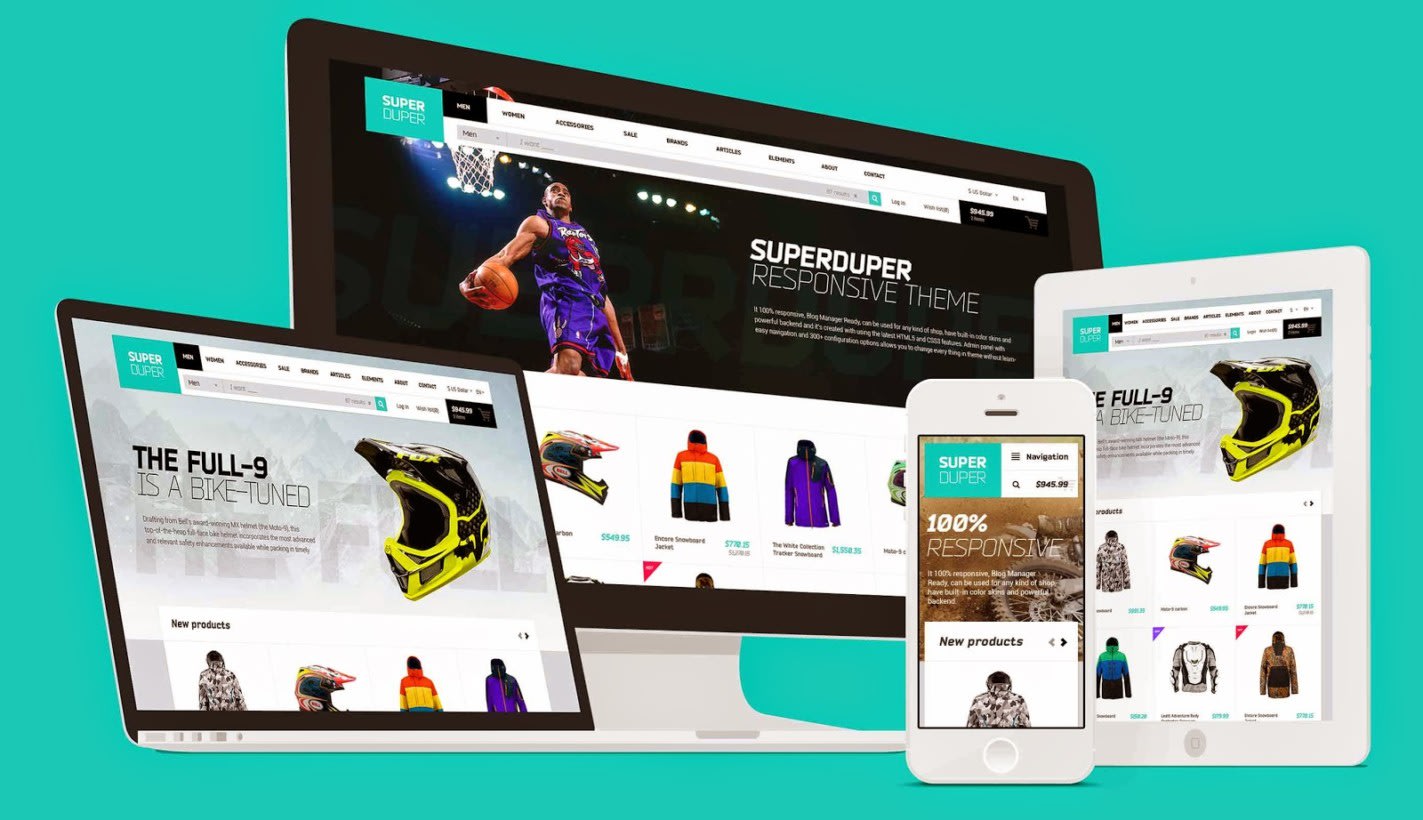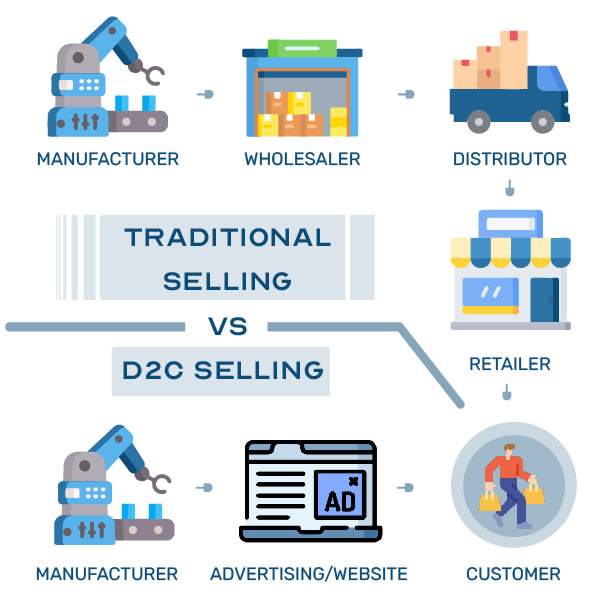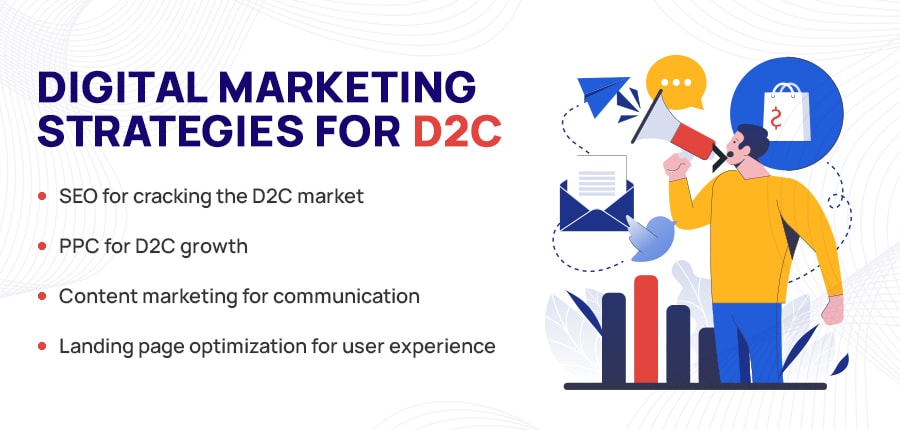The Ultimate Guide to Optimizing Your D2C Website

Table of Contents
- Introduction
- 1. Understanding the D2C Model
- 2. Define Your Website's Objectives
- 3. User-Centric Design
- 4. Search Engine Optimization (SEO)
- 5. Mobile Optimization
- 6. Conversion Rate Optimization (CRO)
- 7. Personalization and Customer Segmentation
- 8. Streamlined Checkout and Payment Processes
- 9. Website Analytics and Tracking
- 10. Continuous Testing and Iteration
- Conclusion
- FAQ
- Launch Your Online Store in Just 2 Minutes with StoreBud!
The Ultimate Guide to Optimizing Your D2C Website
Introduction
In the digital age, having a strong online presence is crucial for businesses. Direct-to-consumer (D2C) websites play a pivotal role in reaching customers directly and maximizing success. However, simply having a website is not enough; optimizing it is essential for driving traffic, increasing conversions, and staying ahead in the competitive landscape. This comprehensive guide will walk you through the key strategies and best practices to effectively optimize your D2C website.
1. Understanding the D2C Model
The D2C model has gained significant popularity, thanks to its numerous advantages. Take the time to understand its fundamentals, including:
Cutting out intermediaries and selling directly to consumers
Gaining valuable customer insights and data
Building direct relationships with consumers

2. Define Your Website's Objectives
Before diving into optimization techniques, clearly define the objectives you want to achieve with your D2C website. Consider goals such as:
Increasing sales and revenue
Enhancing brand awareness and visibility
Improving customer engagement and loyalty
3. User-Centric Design
Creating a visually appealing and user-friendly website design is paramount. Focus on optimizing the following aspects:
Layout and navigation for seamless browsing
User experience (UX) to ensure easy access to information
Responsive design for compatibility across devices
4. Search Engine Optimization (SEO)
Implementing effective SEO strategies is crucial for improving your website's visibility in search engine results. Consider the following optimization techniques:
Keyword research to identify relevant search terms
Optimizing on-page elements (title tags, meta descriptions, headers)
Creating high-quality, keyword-rich content
Building relevant backlinks to boost authority

5. Mobile Optimization
With the rise in mobile usage, optimizing your D2C website for mobile devices is a must. Consider the following mobile optimization practices:
Responsive design to adapt to different screen sizes
Optimizing page load times for quick mobile access
Mobile-friendly navigation for easy browsing
6. Conversion Rate Optimization (CRO)
Improving conversion rates is a top priority. Implement the following strategies to optimize conversions:
Analyzing user behavior to identify pain points and opportunities
Optimizing landing pages for better engagement and conversion
Simplifying checkout processes to reduce cart abandonment
Including persuasive call-to-action elements
7. Personalization and Customer Segmentation
Leverage customer data to personalize the website experience. Consider these personalization and segmentation tactics:
Targeted messaging, recommendations, and offers based on user preferences
Segmenting your audience to deliver tailored content
Implementing dynamic content based on customer behavior
8. Streamlined Checkout and Payment Processes
Simplifying the checkout and payment processes is crucial for a seamless customer experience. Optimize these aspects:
Offering multiple payment options for convenience
Ensuring secure transactions and data protection
Streamlining the overall purchasing experience
9. Website Analytics and Tracking
Implement robust analytics tools to track and measure website performance. Consider the following analytics practices:
Tracking key metrics such as traffic sources, user engagement, and conversion rates
Utilizing heatmaps and user recordings for in-depth analysis
Monitoring the customer journey to identify areas for improvement
10. Continuous Testing and Iteration
Optimization is an ongoing process. Stay ahead by continually testing and iterating based on data-driven insights:
Conduct A/B testing to compare different elements and strategies
Analyze the results and make data
Analyze the results and make data-driven optimization decisions
Stay updated with industry trends and emerging technologies
Conclusion
Optimizing your D2C website is crucial for achieving online success in today's competitive digital landscape. By following the strategies outlined in this ultimate guide, you'll be well-equipped to enhance your website's performance, attract more visitors, and convert them into loyal customers.
Remember, consistent optimization and a user-centric approach are key to staying ahead in the D2C game. Regularly monitor your website's performance, adapt to changing consumer behaviors, and embrace emerging technologies to ensure your D2C website remains effective and competitive.
By understanding the D2C model, defining clear objectives, and implementing user-centric design, SEO, mobile optimization, and CRO techniques, you can significantly enhance your website's performance and achieve your business goals.
Furthermore, personalization, customer segmentation, streamlined checkout processes, and robust website analytics will provide you with the insights needed to continuously improve your D2C website's effectiveness.
Always remember that optimization is an ongoing process. Continuously test different elements, analyze the results, and iterate based on data-driven insights. By staying proactive and adaptive, you'll be able to optimize your D2C website for long-term success.
So, get started with optimizing your D2C website today and unlock its full potential in driving sales, building brand awareness, and creating meaningful connections with your target audience. With the ultimate guide at your disposal, you have the tools to make your D2C website a powerful asset for your business.
Remember, a well-optimized D2C website is the gateway to success in the digital world. Start implementing these strategies and watch your online presence soar. Good luck!
FAQ
Launch Your Online Store in Just 2 Minutes with StoreBud!
Ready to take your business online? Look no further! StoreBud, the revolutionary SaaS platform, empowers you to create a stunning e-commerce website in a matter of minutes. With integrated payments, shipping, SEO, and analytics, you have everything you need to succeed—all without any coding or technical expertise required.
Why wait? Join thousands of entrepreneurs who have already discovered the ease and efficiency of StoreBud. Sign up now and unlock the potential of your online business. Don't miss out on this opportunity—launch your online store today and start selling in no time!
Q1: Why is optimizing my D2C website important?
Optimizing your D2C website is essential because it helps drive traffic, increase conversions, and improve overall online performance. By implementing effective optimization strategies, you can attract more visitors, enhance the user experience, and ultimately drive more sales and revenue.
Q2: What is the D2C model, and why should I consider it?
The D2C (Direct-to-Consumer) model involves selling products or services directly to consumers, bypassing intermediaries. This model offers several advantages, including gaining valuable customer insights, building direct relationships, and having more control over the customer experience. By embracing the D2C model, businesses can establish a stronger online presence and establish a direct connection with their target audience.
Q3: How can I define clear objectives for my D2C website?
Defining clear objectives is crucial for optimizing your D2C website. Start by determining what you want to achieve, such as increasing sales, improving brand awareness, or enhancing customer engagement. By setting specific, measurable goals, you can align your optimization efforts and track your progress effectively.
Q4: How can I ensure a user-friendly design for my D2C website?
Creating a user-friendly design is key to optimizing your D2C website. Consider factors such as intuitive navigation, clear layout, and responsive design. By making it easy for users to find what they need and ensuring a seamless browsing experience, you can enhance user satisfaction and encourage engagement.
Q5: What are some effective SEO strategies for my D2C website?
Implementing SEO strategies can improve your website's visibility in search engine results. Some effective techniques include conducting keyword research, optimizing on-page elements (such as title tags and meta descriptions), creating high-quality content, and building relevant backlinks to improve your website's authority.